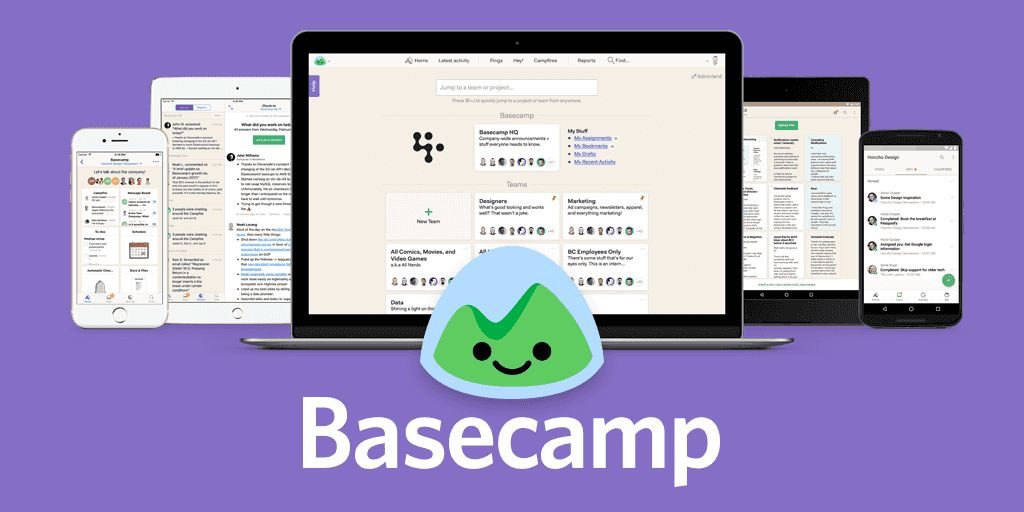DOMO – Wise Usage And Management Of Data On Your Fingertips.
Today the world is all about data and managing the data. Taking about days earlier than twenty years, humans managed all the business data, and it was quite a hectic job. Slowly, with the more installation of the computers and increased availability of the internet, this job was made easy. And today, we have even more resources for this data management. Thanks to the cloud technology and various platforms, which are helpful in easy access and managing of data not only for the common people but also for the big business organizations as well as governments. American company Domo is also one of those leading companies which have been working on developing platforms for businesses so that they can have easy access to their data and combine and use it in real-time for their everyday business activities.
About Domo
Domo is only a decade old company, founded in October 2010. The founder of the company is Josh James, and the company headquarters have been established in American Fork, Utah, US. Being a cloud technology company, Domo offers its services worldwide and has a long list of customers, including Unilever, eBay, Cisco, NBA, Danaher, Emerson, Master Card, etc. Domo is a publically traded company and trades on NASDAQ as DOMO. The company provides products for business intelligence tools and data visualization. Domo Business Cloud is its flagship product, a low-code data app platform for businesses that allows them to combine their data and use it as they require. Talking about the revenues, as per the 2021 records, the company made $210.2 Million for the same financial year. The company is home to more than 800 employees.

The Founding
Domo has a similar founding story to many of the other technology companies. Josh James, the founder of Domo, is a veteran and had already founded three companies before Domo. One of those companies was even acquired by Adobe in 2006, and James continued to work in his company under Adobe’s name. While working at Adobe, he continued to conceptulising and raising money for new business, and in 2010 left Adobe.
James established Shacho Inc. in October 2010. Just in two months, the newly founded company acquired Lindon-based Corda Technologies, and Shacho was renamed Domo in December 2010.
As soon as Domo was established, it started to work on data connectivity and analytics for business. The company built a platform, which offered data integration, BI & Analytics as well as App Framework in one place, attracting multiple clients from almost every industry. The platform allows the users to manage all their data placed on different websites and apps. There is a dashboard available on the platform such that you can access Amazon Redshift, Oracle, Salesforce, Google Analytics, etc., from that single dashboard.
Trusting the capabilities of Josh James, investors like Benchmark Capital, Andreessen Horowitz and Ron Conway came forward for the initial investments in Domo. In 2011, the company received $20 million from Institutional Venture Partners. The company held a Series B round of investment and raised $60 million. The next year as Series C funding was hosted, and the company raised $125 million, followed by raising another $200 million in Series D financing with a $2 billion valuation in 2015. In June 2018, Domo went public on NASDAQ Global Exchange.
The CEO at Domo
John Mellor is the CEO and Director at Domo. He is a SaaS veteran and has over 25 years of experience working in the technology industry.
Mellor is a mechanical engineering graduate and has an MBA in marketing and finance from Brigham Young University. He has co-founded ViewPoint and led the company as the VP of marketing and business development. Mellor has also worked at companies like RichFX and was working at Omniture as the EVP of strategy and business development when Adobe acquired the company. With the acquisition, Mellor also joined Adobe and worked in various leading positions at the company. In 2019, He left Adobe and joined Domo to become the Chief Strategy Officer and was promoted to be the Chief Executive Officer and the Director at Domo in 2022.

Yashica is a Software Engineer turned Content Writer, who loves to write on social causes and expertise in writing technical stuff. She loves to watch movies and explore new places. She believes that you need to live once before you die. So experimenting with her life and career choices, she is trying to live her life to the fullest.


